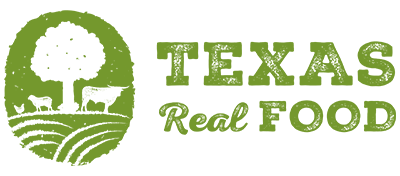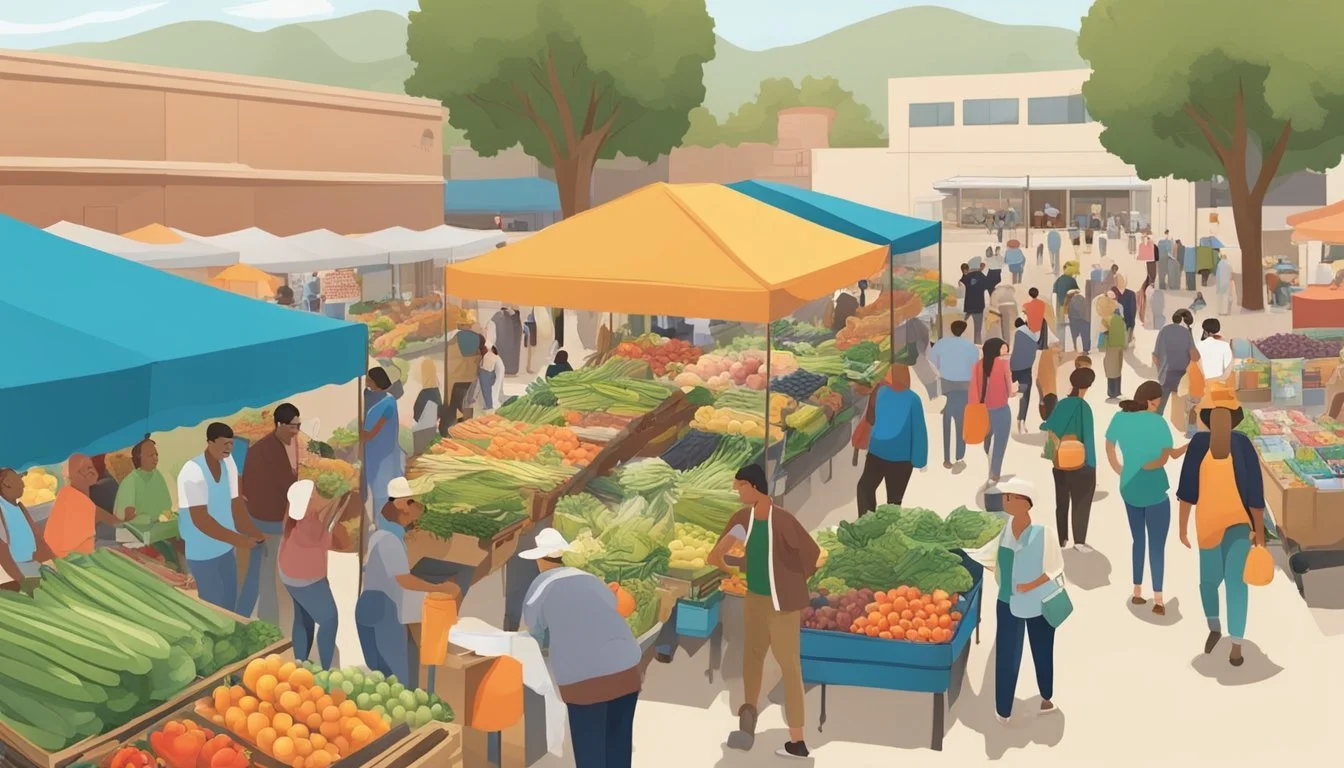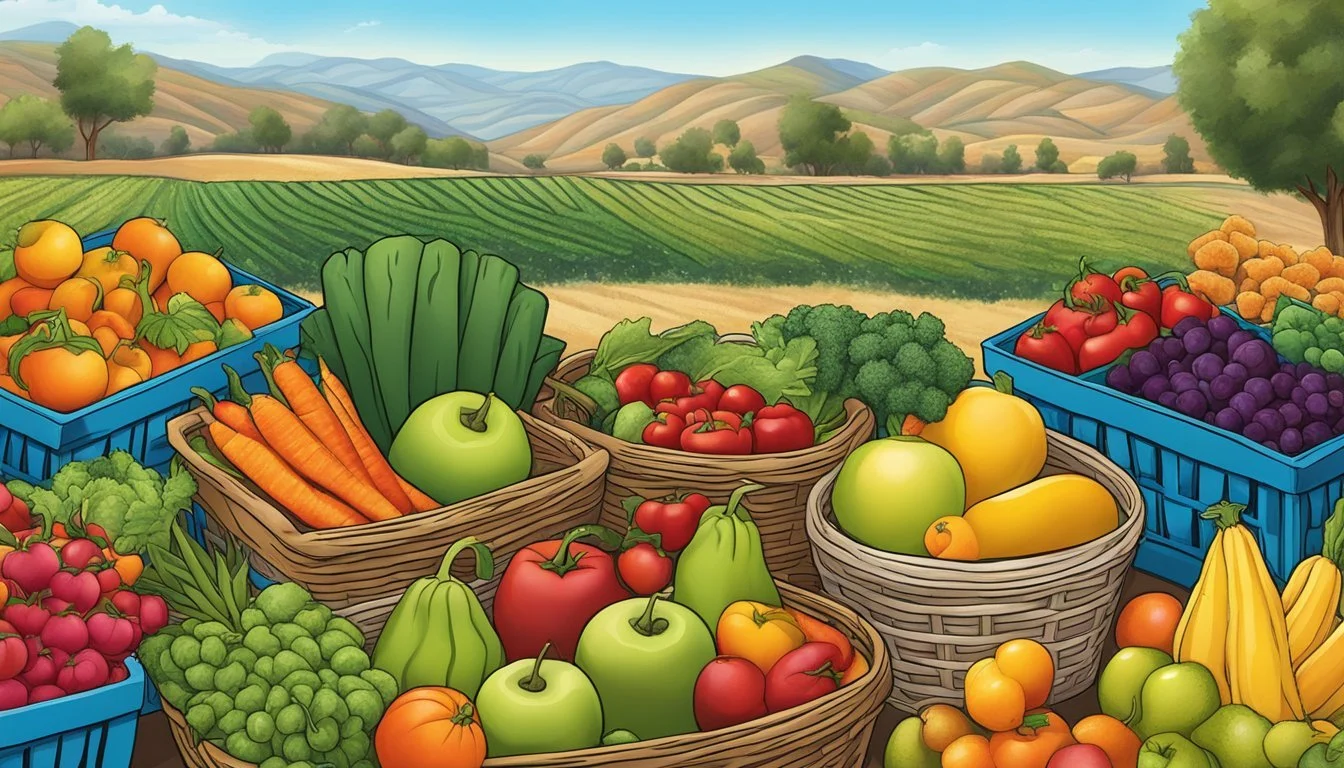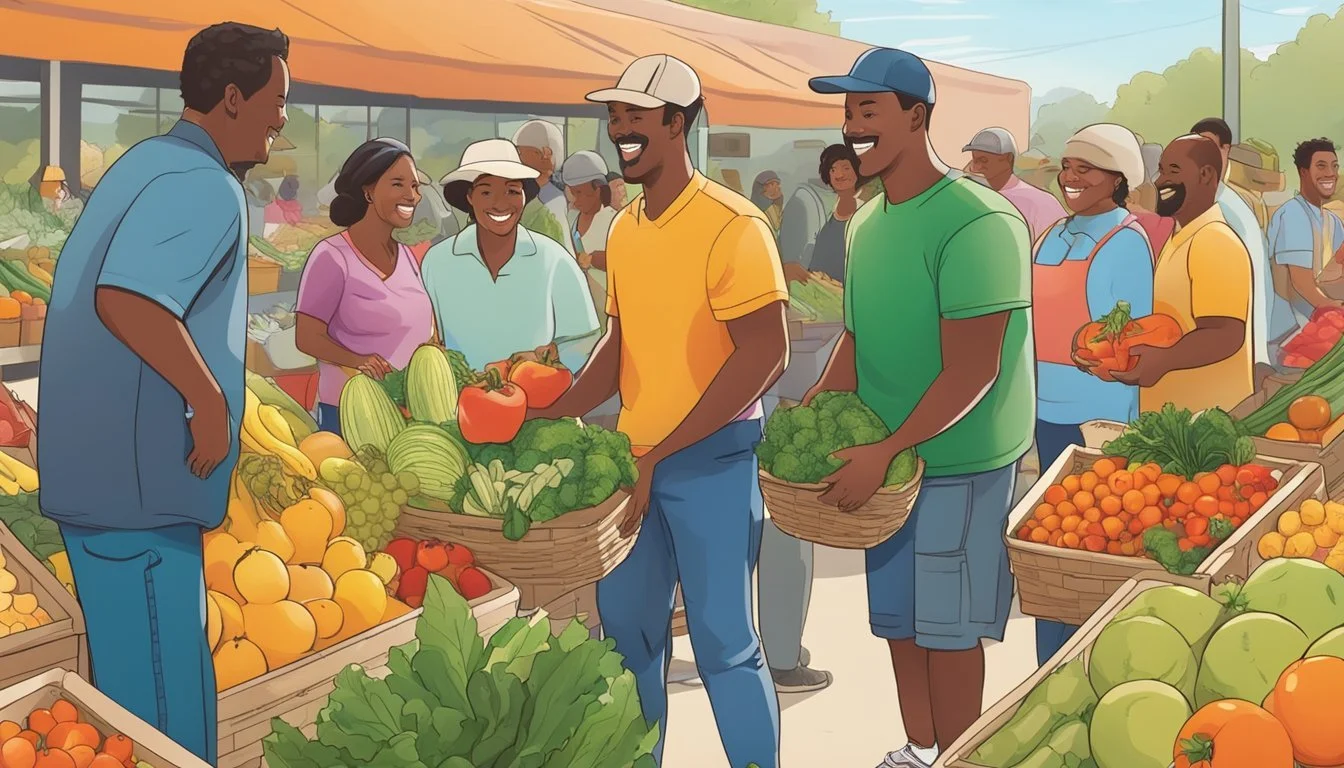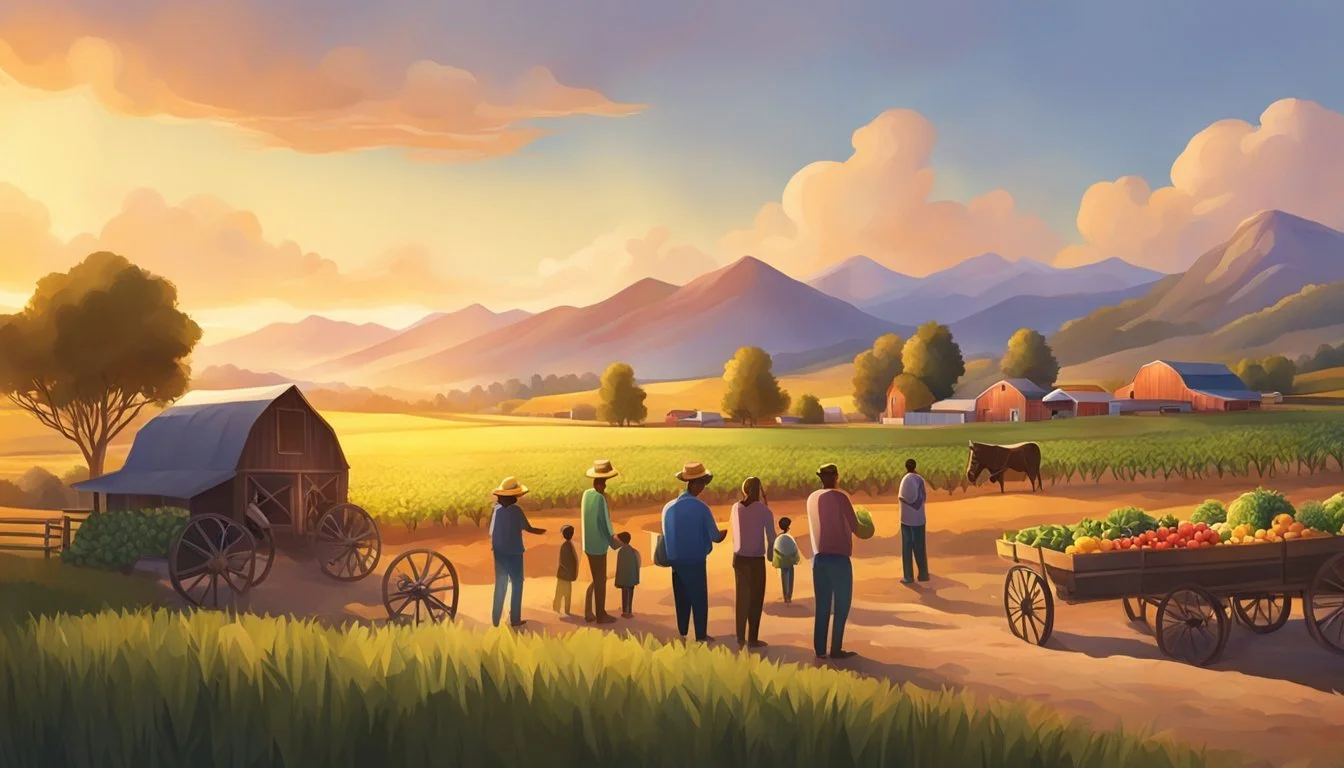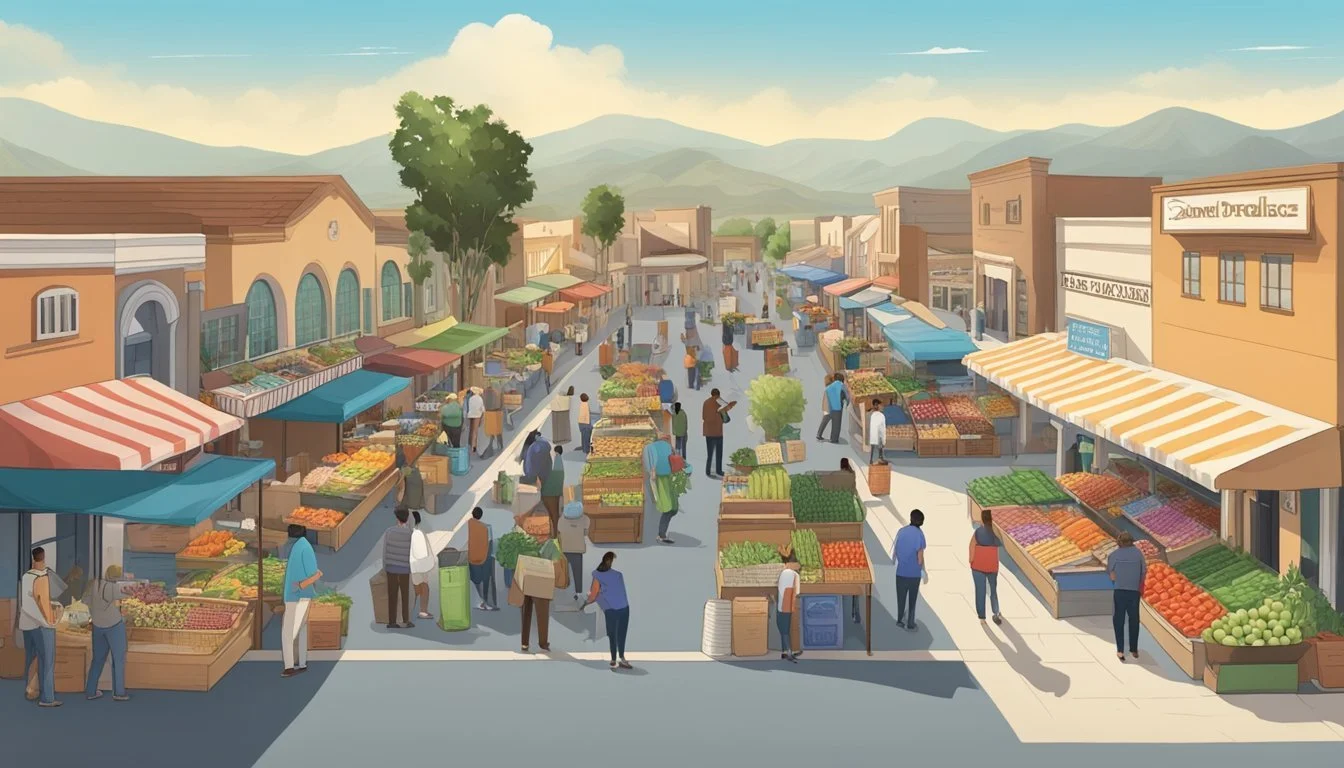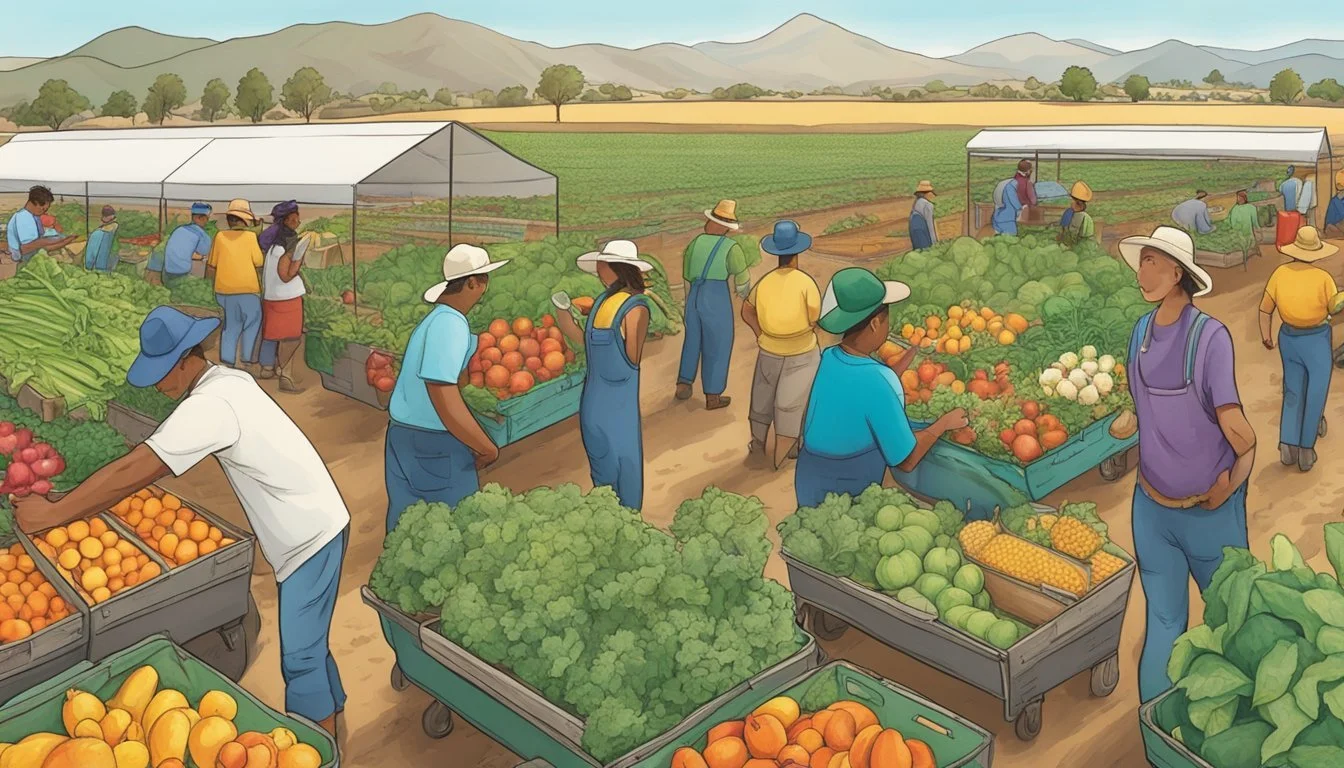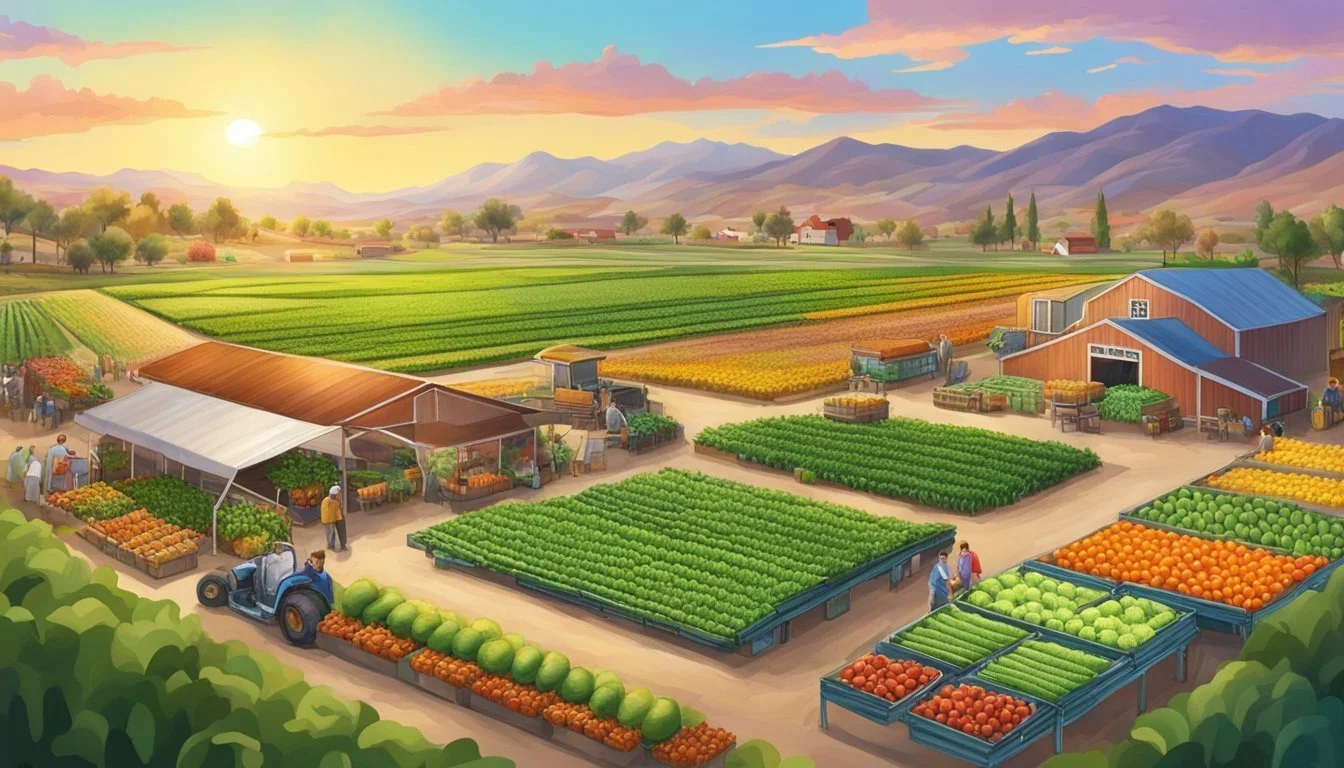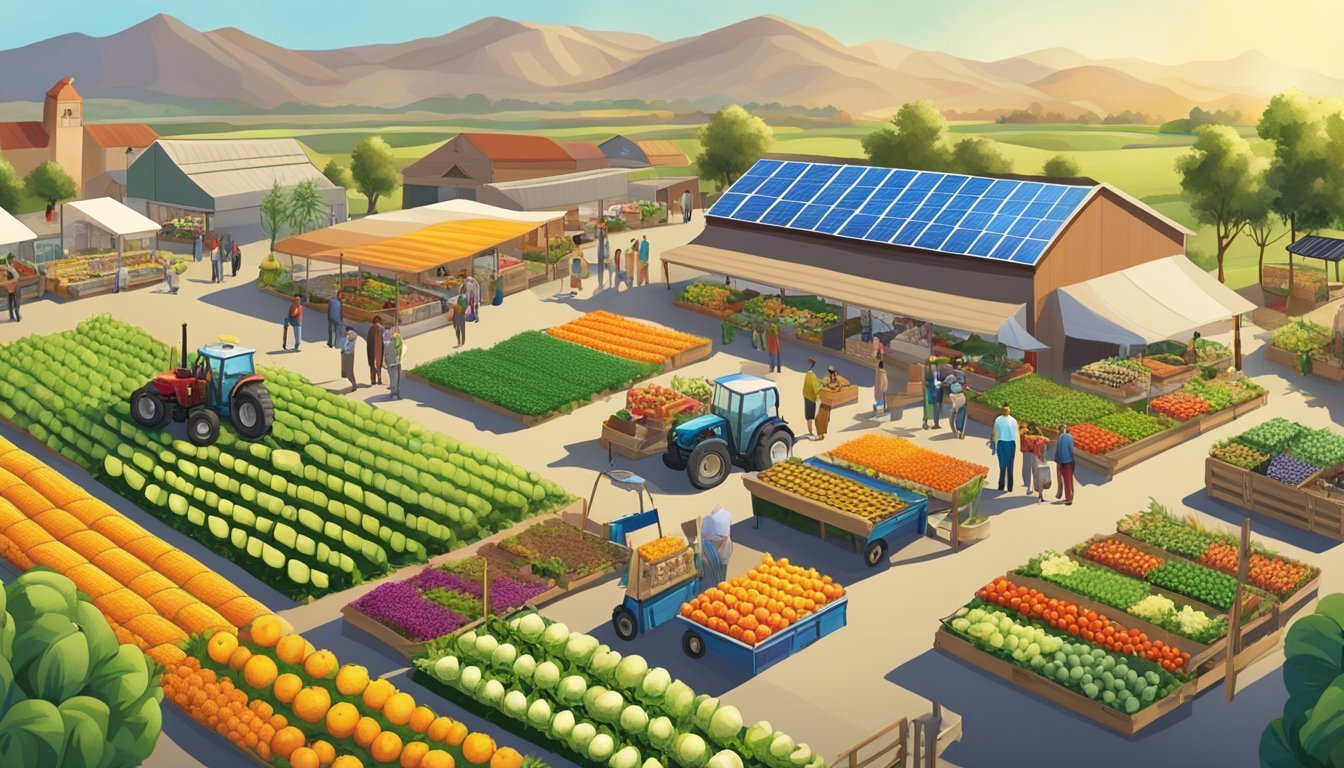Community Supported Agriculture (CSA) in Moreno Valley, CA
A Guide to Local Farm Partnerships
Community Supported Agriculture, commonly known as CSA, has emerged as a pivotal structure for supporting local farms and providing communities with fresh, seasonal produce. In Moreno Valley, California, the adoption of CSA practices has brought a noticeable change in the way consumers interact with their food sources. The CSA model here, as in other regions, is based on a partnership between local producers and consumers, where individuals purchase shares or memberships from farms, assuring them a portion of the harvest throughout the farming season.
The essence of CSA is its focus on community and sustainability. By connecting directly with growers, Moreno Valley residents are able to trace their food back to its origins, fostering a sense of community around agriculture. This arrangement not only supports local farmers in gaining a predictable income stream, but it also encourages the production of high-quality, locally-grown food, contributing to the resilience and health of the community.
Agriculture in Moreno Valley benefits from the city's favorable climate and diverse agricultural capacity, making it conducive for CSA farms to offer an assortment of fruits, vegetables, and even other farm products. The success of CSAs in this area reflects a growing recognition of the value that comes from a closer relationship between farmers and consumers, along with an appreciation for the fundamental role that local, sustainable agriculture plays in the well-being of the community.
Understanding CSA
Community Supported Agriculture (CSA) in Moreno Valley encompasses a partnership between local farmers and community members, where fresh, locally produced food is front and center. This relationship hinges on the concept of shared risk and reward, assuring support for the farmers and fresh produce for the community.
CSA Fundamentals
CSA operates on a straightforward premise: individuals purchase a "share" of a farm's anticipated harvest. They essentially become shareholders of the farm, providing upfront capital that aids in the farm's operation. In return, members receive a regular supply of seasonal produce, usually doled out in weekly or bi-weekly allotments. This early investment mitigates some of the financial risks farmers face and contributes to a model of agriculture that values direct relationships between growers and consumers.
Key Components:
Shares: Financial support provided by members.
Membership: Those who support the farm and receive its produce.
Subscription: Oftentimes, CSA operations are described as having a subscription-like model.
History of CSA
CSA's roots can be traced back to the 1960s with cooperative partnerships between farmers and consumers in Japan, coined as "teikei" (translated to "food with the farmer's face on it"). It was a push against industrialized agriculture. The concept spread to Europe and ultimately took hold in the United States during the 1980s. The CSA model was revolutionary in its approach to fostering a tight-knit food community and has since undergone various evolutions, with numerous CSAs existing in Moreno Valley today.
CSA Models
Different CSA models have emerged, each adapting to the needs of their respective communities and farms. Generally, these models can be categorized as follows:
Traditional CSA:
Pre-paid subscription for a seasonal share.
Regular delivery or pickup.
Market-Style CSA:
Shareholders select their own produce within certain limits.
CSA with Work Requirement:
Members contribute labor in exchange for discounts or produce.
CSA and the CSA Innovation Network:
Newly evolved systems incorporate technology and new distribution methods.
The CSA Innovation Network is a platform fostering development by sharing best practices and innovations in CSA farming.
Moreno Valley's local farmers may utilize any one of these models, adapting based on what works best for their operation and community. The shared goal remains to ensure freshness, sustainability, and community engagement through the direct farm-to-table supply chain.
Benefits of Joining a CSA
Joining a Community Supported Agriculture (CSA) program in Moreno Valley offers residents an opportunity to enhance their health and nutrition, support their local community and environment, and make a positive economic impact.
Health and Nutrition
Residents participating in a CSA gain access to a diversity of fresh and nutritious foods. The focus on local food means that produce is often harvested at peak ripeness, which can lead to higher nutrient content and better taste. Members usually receive a weekly or bi-weekly share of seasonal produce, directly connecting them with a variety of healthful options throughout the year.
Freshness: Produce is typically harvested closer to delivery times, ensuring optimal freshness.
Variety: CSA shares often include a mix of produce items, some of which members might not typically buy, encouraging a more varied diet.
Community and Environment
CSAs represent a partnership between farmers and community members, fostering a strong sense of community and mutual support. They encourage sustainable agricultural practices that benefit the environment by minimizing the distance food travels from farm to table and reducing the need for heavy packaging.
Relationships: Members build relationships with farmers, gaining insights into the food-growing process.
Satisfaction: There's satisfaction in knowing one's food choices are helping to sustain local farmers and preserve the environment.
Economic Impact
By joining a CSA, members support local farmers directly, contributing to the stability and growth of small farms in the Moreno Valley region. This model provides farmers with upfront capital to cover anticipated costs of the farm operations, providing economic security and sustaining the local food economy.
Direct investment: Members' fees go straight to the farm, providing necessary funds for seeds, equipment, and labor.
Local economy: Money spent on CSAs stays within the community, supporting local businesses and contributing to the economic vitality of the region.
The Role of CSA in Local Agriculture
Community Supported Agriculture (CSA) serves as a pivotal framework within Moreno Valley by bolstering local farmers and promoting sustainable agricultural practices. The model facilitates economic and environmental resilience, offering both challenges and opportunities for the farming community.
Support for Local Farmers
Local farmers in Moreno Valley derive significant benefits from CSA programs. Firstly, these programs provide a stable source of income through preseason financial support from consumers. This arrangement:
Reduces the financial uncertainty often associated with agricultural operations.
Enables small-scale farmers and new farmers to maintain a steadier cash flow.
Fosters a more secure farming population by allowing growers to plan and budget more efficiently.
Sustainable Practices
CSA initiatives in Moreno Valley are key to fostering sustainable farming practices:
Encouraging agroecological methods: By establishing direct relationships with consumers, farmers are incentivized to employ practices that protect agrobiodiversity and ensure long-term soil health.
Reducing carbon footprint: Through local distribution channels, CSA programs decrease the need for long-distance transportation, thus minimizing greenhouse gas emissions associated with the wider food system.
Challenges and Opportunities
Despite the clear benefits, CSAs face challenges such as:
Market saturation: As more CSAs enter the market, competition can become a concern for local farmers.
Consumer education: Educating consumers about the benefits of CSA to encourage participation remains an ongoing effort.
Conversely, these challenges present unique opportunities:
Innovation in farming: CSA can drive farmers towards innovation, finding new methods to remain competitive.
Building community: The CSA model’s inherent community engagement provides a platform for more profound consumer-farmer relationships and collective support systems.
The CSA model in Moreno Valley represents a sustainable, collaborative approach to local agriculture that directly engages consumers while supporting and challenging farmers to innovate and maintain sustainable practices.
CSA Memberships
Community Supported Agriculture in Moreno Valley offers locals a unique way to source fresh, often organic produce while directly supporting their farming community. Interested individuals can become members through a subscription model, where they engage in shared risk and responsibility by purchasing shares of the harvest.
How to Become a Member
To join a CSA in Moreno Valley, one typically subscribes to the program via the farmer's sign-up process, which can often be done online or at local farmers' markets. Potential members should review the participation requirements, such as pickup locations and volunteer commitments, and select a subscription that aligns with their produce needs and lifestyle preferences.
Types of Shares
CSA shares vary, but can include:
Full shares: Suitable for families or those with higher consumption needs.
Half shares: Ideal for smaller households or individuals.
Variety or mixed shares: May include fruits, vegetables, eggs, and other farm products.
Frequency of shares is typically weekly, but some offer bi-weekly options. Some CSAs provide "market-style" shares, where members select their own produce within certain limitations.
Costs and Commitment
The cost for CSA membership can range widely based upon share type and size. For example:
Full shares may cost between $500-$700 for a season.
Half shares might be priced around $300-$500.
Payment plans vary, with some CSAs offering early bird discounts or requiring full payment upfront, while others may allow installment payments.
CSA membership involves a commitment not just financially, but in understanding and sharing the risks inherent in farming—weather fluctuations and crop yields can affect produce availability. However, this commitment bolsters a sustainable, local food system and often rewards members with high-quality, fresh produce throughout the growing season.
Member Experience
Participating in a Community Supported Agriculture program in Moreno Valley offers members a tangible way to support local agriculture while enjoying fresh, seasonal produce. The member experience is rooted in the weekly excitement of receiving a box filled with nutritious offerings, encountering new varieties of produce, and incorporating them into daily meals.
What to Expect in a CSA Box
A CSA box typically brims with a diverse range of organic fruits and vegetables. Members can expect a rotating selection of produce depending on what is seasonal and abundant. For instance, summer might bring tomatoes, berries, and leafy greens, while fall could include root vegetables, apples, and winter squash.
Pickup and Delivery Options
Members have the flexibility to choose between pickup at designated locations or home delivery if available. Pickup spots are often found at convenient community sites like local markets or the farm itself. The delivery option, when offered, ensures fresh boxes arrive directly to a member's doorstep, maximizing convenience.
Cooking and Storage Tips
Members receive not just produce, but also valuable insights into cooking and preserving their bounty. CSA programs often include recipes that highlight the week's contents, encouraging culinary exploration. Proper storage tips are provided to ensure vegetables and fruit maintain their freshness from box to plate. For example:
Leafy greens: Store in a plastic bag with a paper towel in the fridge.
Berries: Keep refrigerated in a single layer; wash just before use.
Root vegetables: Store in a cool, dark place, removed from any green tops to prevent spoilage.
Community and Education
Community Supported Agriculture in Moreno Valley, California fosters a strong bond between the community and local agriculture, emphasizing education through hands-on experiences and engagement at various levels.
Learning Opportunities
CSA programs in Moreno Valley offer an array of learning opportunities through workshops and volunteering sessions. They host workshops covering topics from sustainable farming practices to food preservation, educating community members and school groups. Each session provides valuable hands-on experience, allowing participants to deepen their understanding of civic agriculture and its role in sustainable development.
Community Events
Local farms in Moreno Valley engage the community with events that blend agritourism and education. Events include farm stands and u-picks, where people not only purchase fresh produce but also learn about where their food comes from. These gatherings serve as a platform for sharing knowledge, promoting Feenstra's and Hinrichs' views of empowered food systems, and fostering Lyson’s concept of civic agriculture.
Educational Programs
In addition to community engagement, CSA farms in Moreno Valley have partnered with schools to incorporate educational programs that align with curriculum standards. Students visit the farms and participate in activities that teach them about agriculture, ecology, and nutrition. The programs aim to cultivate an appreciation for local food systems and encourage future generations to participate in civic agriculture.
CSA and the Marketplace
Community Supported Agriculture (CSA) is a model where consumers invest directly in local farms. In return, these consumers, or "members," receive a share of fresh, often organic produce, highlighting a sustainable approach in the food marketplace.
Comparing CSA and Farmers Markets
Farmers Markets are a traditional means by which small-scale, local farmers sell their produce directly to consumers in a market setting. Consumers benefit from access to fresh, seasonal products and often organic items. On the other hand, CSA operates on a subscription-like model where members commit to supporting a local farm over a season, which nurtures a more stable and predictable market for farmers.
CSA Farmers Market Subscription-based Pay per purchase Supports one farm or a cooperative Variety of local farms present Share of farm produce received weekly Buy as you go Members share in risks Direct consumer to farmer transaction Potential for more sustainable practice adoption Immediate feedback loop from consumer to producer
CSA in the Broader Food System
CSAs reinforce local economies by channeling funds directly to farmers which may help them employ more sustainable practices. By cutting down the distance food travels, CSAs contribute to lower carbon emissions. The role of CSA extends beyond member's kitchens; local restaurants and food businesses often partake in CSA programs as a means to source sustainable and organic ingredients, reflecting their commitment to quality and community support. Additionally, CSAs can cultivate a sense of connection within society, as members feel directly engaged with the source of their food, fostering a community around local, sustainable agriculture.
CSA Operations and Management
Community Supported Agriculture in Moreno Valley, CA involves structured planning, economic strategizing, and dedicated labor management to establish a successful partnership between local farms and consumers. Each aspect of CSA management plays a pivotal role in ensuring the economic viability and sustainability of the farms involved.
Planning and Production
When considering planning and production, CSA farms lay out a detailed plan before the growing season begins. They focus on crop selection based on consumer demand and environmental adaptability. Farmers must account for seasonal changes and potential risks to ensure a steady supply of produce throughout the member commitment period. They often employ strategies like crop rotation and diversified planting to mitigate risk and maximize gross sales per acre.
Financial Management
Financial management is critical to the economic sustainability of a CSA. Detailed records of all expenses and incomes are meticulously maintained. Budgeting plays an essential role, where funds are allocated for seeds, equipment, and labor costs. Wise financial planning involves setting prices that reflect the true cost of sustainable production and ensures fair compensation for the farmers’ labor.
Labor and Workforce
Managing the labor and workforce is a significant operational facet of CSAs. These farms often rely on a mix of skilled labor, family members, and volunteers. They structure labor needs in relation to the intensive periods of sowing and harvesting. Providing fair labor conditions is paramount, as is ensuring that the workforce is adequate to handle the physical demands of farming. Effective labor management directly influences the quality and quantity of produce, thereby affecting the CSA's economic viability.
CSA Research and Development
Community Supported Agriculture (CSA) initiatives in Moreno Valley are underpinned by systematic research and an orientation towards innovative practices that address both contemporary challenges and future sustainability.
Recent Studies and Findings
Recent studies have significantly contributed to understanding CSA's role and effectiveness. For instance, a bibliometric analysis conducted by Hanson et al. in 2019 shed light on how CSA functions as a partnership between farmers and consumers. It pointed to the model's emphasis on ecological and community resilience, which is pivotal for CSAs entering the 21st century.
State Data and Community Impact: A 2020 survey by the U.S. Department of Agriculture revealed that 7,244 farms across the United States implemented CSA models. These farms contributed approximately $225 million to the direct-to-consumer sales segment, affirming CSAs' growing economic footprint.
Retention Rates: Research suggests that CSA retention rates are influenced by several factors, creating a demand for innovation in farm-to-consumer engagement strategies.
Future Directions
Innovative Approaches: The CSA Innovation Network embodies the drive towards fresh methodologies. It supplies resources to refine CSA models, ensuring that stakeholders can adapt to changing market demands and consumer preferences. Such innovation is instrumental in maintaining the vibrancy and relevance of CSA programs.
Educational Outreach: Looking forward, educational outreach, spearheaded by figures like Adam Galt from Tehama County, is critical. Galt's work underscores the importance of informing both producers and consumers about CSA's benefits – a vital step in securing its foothold in the 21st century.
Moreno Valley's CSA stakeholders continuously explore these research insights and development strategies to forge a resilient agricultural community.
Environmental Stewardship and CSA
Community Supported Agriculture (CSA) in Moreno Valley, California, exemplifies a commitment to environmental stewardship, prioritizing sustainable practices in water and land management that benefit both the ecology and community.
CSA's Impact on Ecology
Community Supported Agriculture in Moreno Valley embraces ecological sustainability as a core principle. CSA practices often include crop rotation, composting, and the use of natural pest control methods which support a healthy ecosystem. Biodiversity is enhanced through CSA as a wider variety of plants are cultivated, compared to conventional mono-crop farming. This diversity helps to support local wildlife and can improve soil health, making agricultural systems more resilient to weather changes that are prevalent in regions such as the Central Valley.
Sustainable Techniques:
Crop rotation to prevent soil depletion.
Composting for natural fertilization.
Natural pest control to reduce chemical usage.
Water and Land Management
The water scarcity concerns particularly relevant to the Central Valley bring forth ingenious water management practices within CSAs. Drip irrigation systems are frequently adopted to minimize water usage while ensuring plants receive adequate hydration. Efficient water use is integral to CSA operations, reflecting a respect for the natural resource.
Land Management Strategies:
Preservation of green spaces and natural habitats.
Soil conservation through sustainable farming methods.
CSAs also promote land conservation by preventing urban sprawl and maintaining agricultural lands. They engage in practices that preserve the soil structure and fertility, and prevent erosion, all of which are essential for long-term land health. The connection between proper land stewardship and the ability to continue farming despite environmental challenges cannot be understated.
